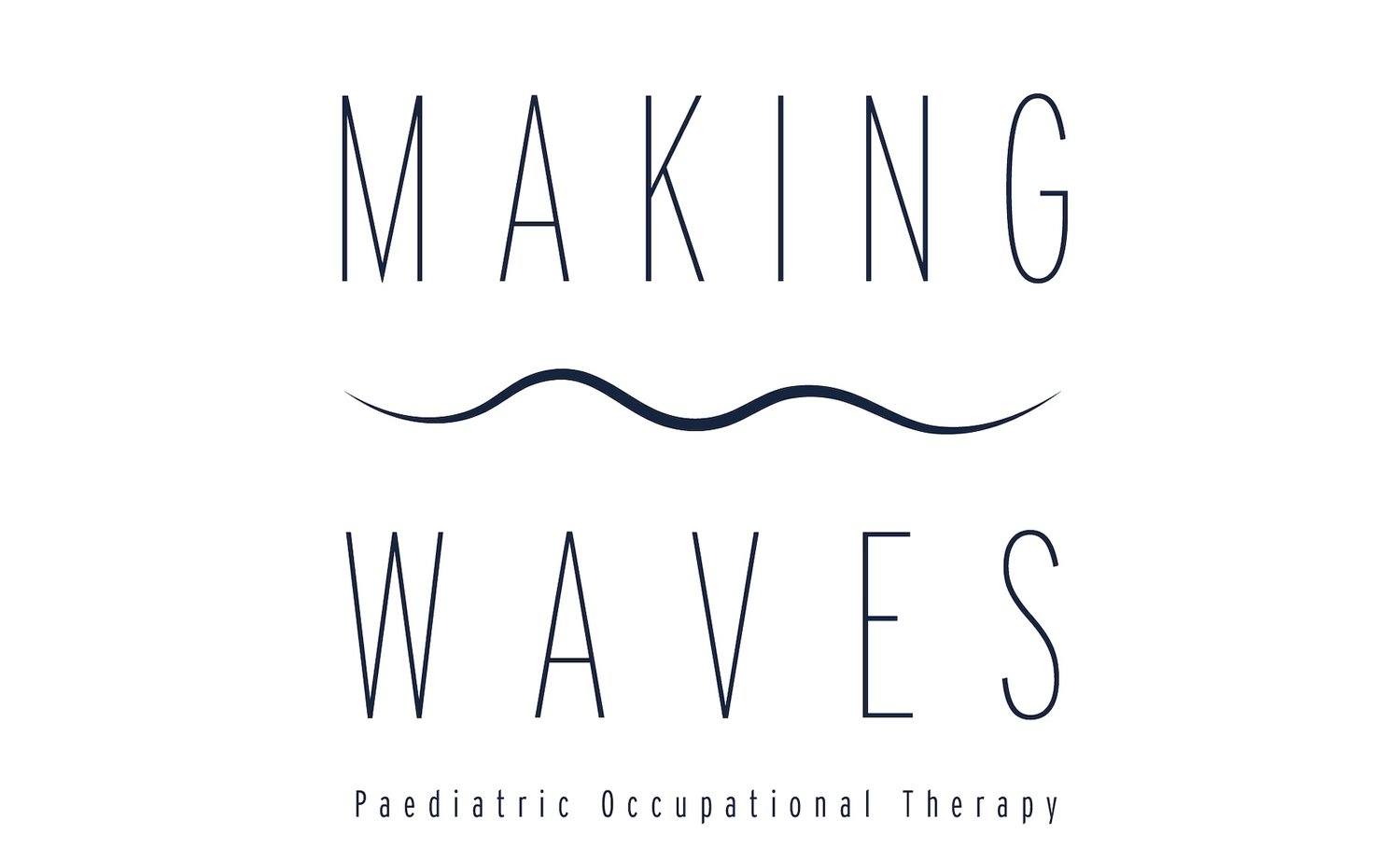Are we done with Behaviour Charts?
Behaviour reward charts sound good in theory but there are many layers that we need to unpack.
Behaviour reward charts can create an environment where you are trying to use shame to get the child to “behave”. The most common rewards chart use a traffic light system which has “green” for good behaviours, “yellow” for a warning and “red” for bad. Each time the child makes a mistake, their name gets moved to a different colour to indicate they are doing something wrong instead of addressing what is really going on.
Imagine if your workplace had a board with everyone’s names on it and each time you made a mistake, instead of working in a private manner to resolve it, they publicly displayed it on the wall of the office. I would not want to work in a place that fostered this culture so why is it okay in the classroom?
Reward charts are interesting. A “good” kid, let’s call her Sophie, might be able to meet the expectations and she get stars when she gets a great score on a test or she finished her work quickly and quietly however in the same class, another kid, Emma, might find it difficult to do those things so she is getting a star because she followed instructions to get her lunch box out of her bag. Sophie’s frustrated that Emma is “easily” getting stars when she has to work hard for them. Emma is also probably recognising she is getting stars for little things that other kids aren’t. The positive reward system is not really achieving anything except a divide within the classroom.
So what if Emma had a “bad” day? Maybe Emma is dysregulated and needs a break. Maybe Emma doesn’t understand what is happening or something is going on at home. There could be a million reasons as to why Emma is having a hard day. Putting her name in the red zone or not giving her stars isn’t going to help us understand why Emma is having a tough day.
Let’s move away from a very public system and move more into a respectful and 1:1 situation where you can meet the child where they are at. Let’s move away from external validation and create a space for intrinsic motivation where children feel proud of themselves, and not a sticker on a chart.
Class Dojo’s are becoming increasingly popular where the teacher grades the child’s behaviour for the day. The teacher is demonstrating that the approval from the teacher is what matters, not about how the child feels within themselves.
Let’s build a respectful relationship with the child and understand what the real difficulties are and no behaviour charts will be needed.

